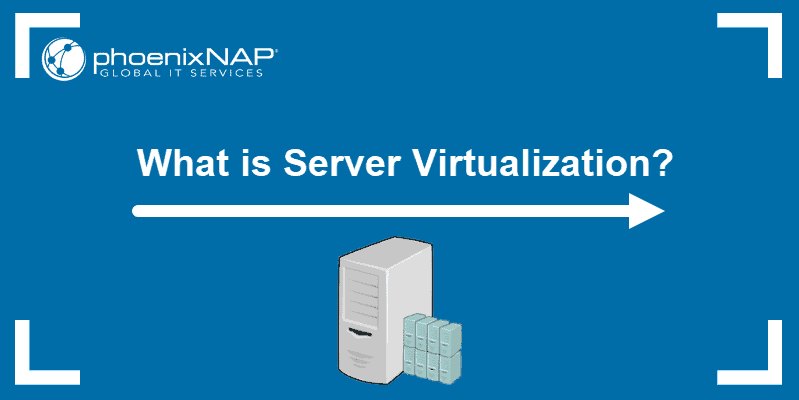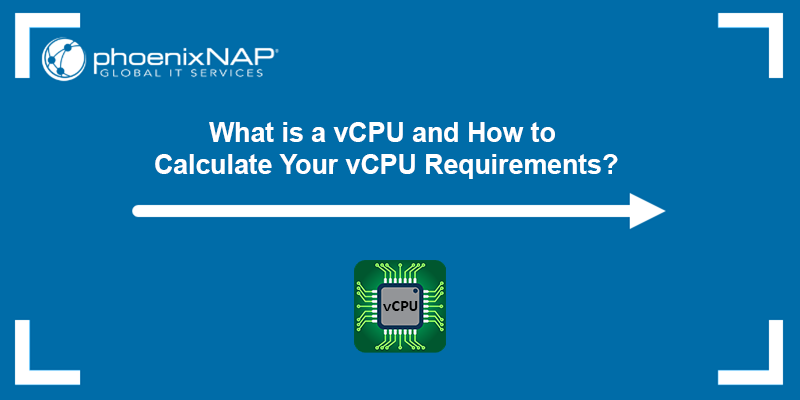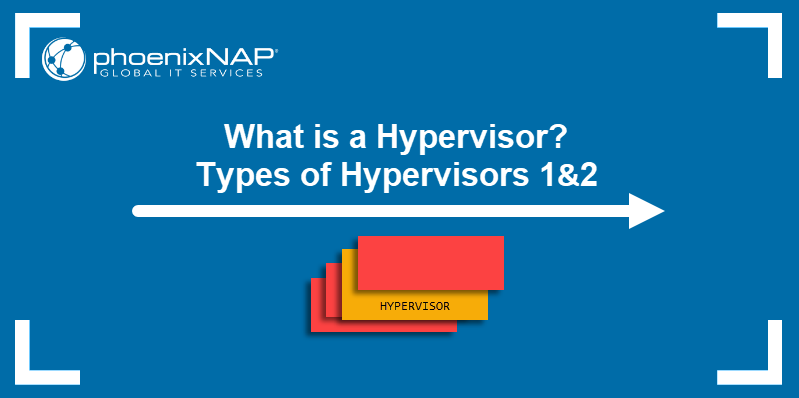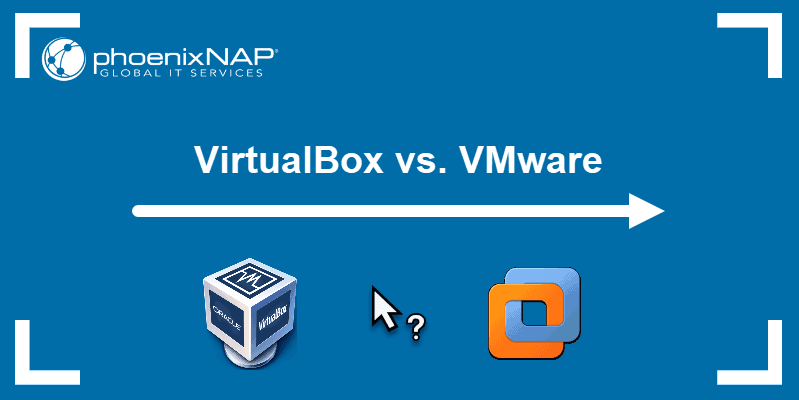Virtual Desktop Infrastructure (VDI) is a technology that enables remote desktop access using any device. As a cost-effective and low-maintenance alternative to traditional setups, VDI offers versatility across various industries.
Understanding the differences between persistent and non-persistent VDI is essential to meet organizational needs.
This article goes into the disparities between Persistent VDI and Non-persistent VDI.
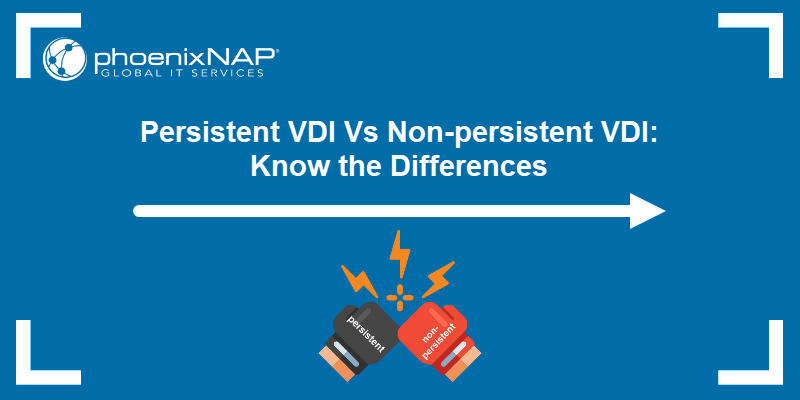
What Is Persistent VDI?
A persistent VDI uses virtual desktops hosted on virtual machines (VMs) in a data center. The virtual desktops are copies of traditional PCs assigned to individual users. Each user gets a personal desktop to store files and add their preferences.
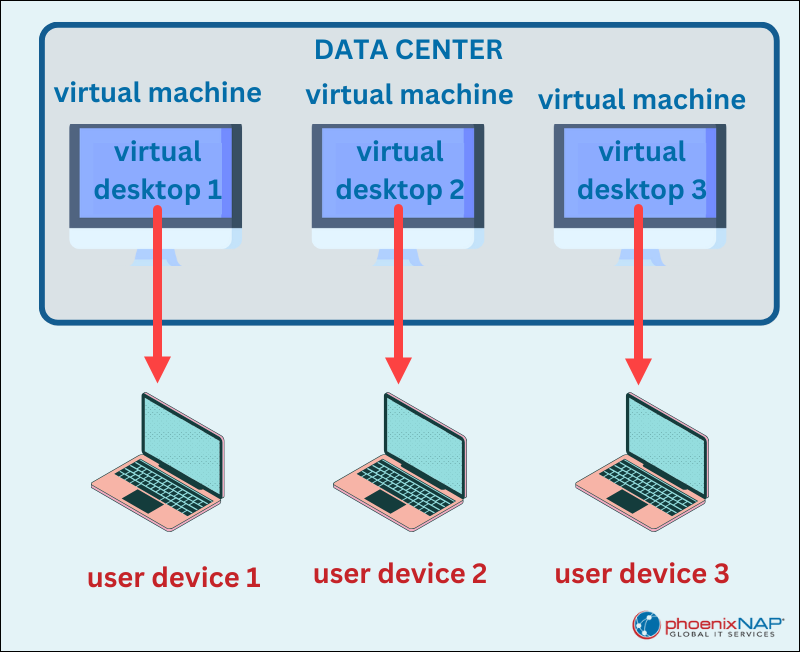
A key feature is the retention of personalized settings and data between sessions. Users can access custom virtual desktops without losing their information. This characteristic has led to the nickname Stateful VDI.
Note: Check out our in-depth guide to the differences between VDI and VMs.
Persistent VDI Benefits and Drawbacks
As with any tool, a persistent VDI also has benefits and drawbacks. Both are described in the text below.
Benefits
The following are the most essential persistent VDI benefits:
- Quick implementation. Persistent desktops are quick and easy to set up. System administrators use hardware virtualization or cloning workplace images for setup.
- Enhanced personalization. Users customize and personalize desktops. With each login, they keep access to their data, shortcuts, and files.
- Familiarity. Persistent VDI aligns with users' expectations for desktop interfaces. The environment ensures changes to their desktops remain in place for future sessions.
- Better user experience. A consistent and personalized desktop experience increases user satisfaction and reduces training needs. Users enjoy a familiar and customized desktop environment.
- Increased flexibility. Persistent VDIs support various worker needs. Examples include remote work or Bring Your Own Device (BYOD) policies.
- Enhanced compliance. Persistent VDIs help organizations comply with industry regulations. The environment enforces data privacy and security standards.
Drawbacks
A persistent VDI's drawbacks are:
- Challenging management process. Persistent desktops become hard to manage over time due to logical drive and registry changes. This complexity leads to challenges with patching and updates.
- Increased storage needs. Persistent VDI requires more storage space than non-persistent VDI, as each user has a dedicated, customized virtual machine.
- Greater cost. Implementing and managing large-scale persistent desktops is costly. The solution is feasible for organizations with large IT budgets and staff resources.
- Resource overhead. Custom virtual machines have significant overhead costs. The setup requires abundant CPU, memory, and storage resources.
- Backup and recovery challenges. Backup and recovery processes are complex because of the diverse configurations.
- Difficulty scaling. Scaling up persistent VDI is more challenging due to the increased resource and management demands.
What Is Non-persistent VDI?
A non-persistent VDI is an environment where many users share virtual desktops. In contrast to persistent VDI, non-persistent VDI resets virtual desktops after each session.
With non-persistent desktops, user settings and data aren't saved after logout. The desktops return to their original state for the next session. This approach is called Stateless VDI.
In this setup, virtual desktops are grouped into pools. When a user logs in, a virtual machine is randomly allocated from the pool. After the session ends, the VM returns to the pool, discarding any session-specific changes.
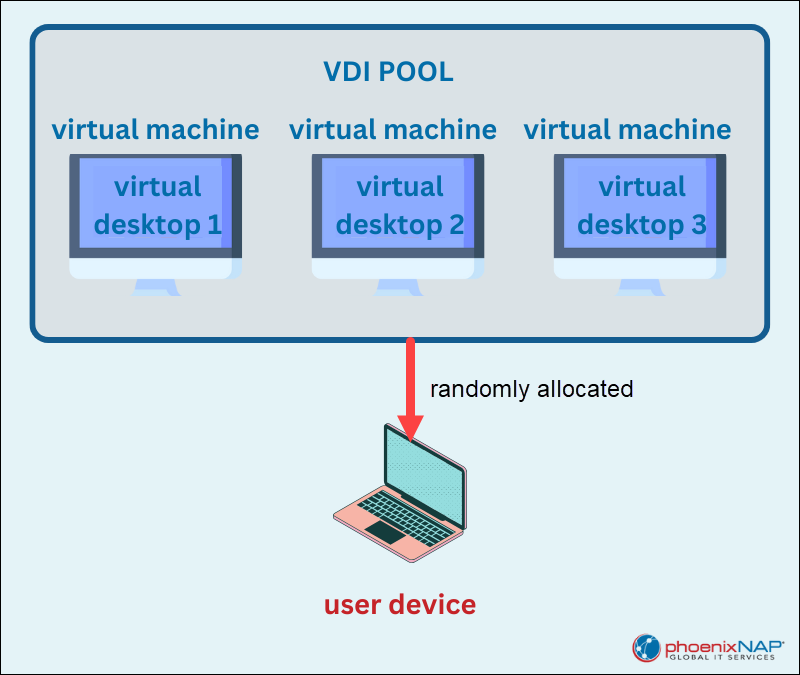
Non-persistent VDI streamlines management using a master image, often called a golden or base image. This image contains the operating system, configuration settings, and customizations that replicate across multiple virtual desktops. Users receive a fresh base image instance whenever they log in.
Non-persistent VDI Benefits and Drawbacks
Non-persistent VDIs are efficient but also not suitable for everyone. The following text presents key stateless VDI benefits and drawbacks.
Benefits
The following list outlines the benefits of non-persistent VDI:
- Lower cost. The solution is cost-effective due to the optimized resource sharing.
- Reduced storage. User configuration settings and data are kept separately on remote, accessible hardware. This separation isolates the operating system from user data. Administrators store data on more economical data storage solutions like Network Attached Storage (NAS), Hard Disk Drives (HDDs), lower-tier SSDs, or cloud storage.
- Simplified management. Managing non-persistent desktops is straightforward, as monitoring user-specific changes or configurations is unnecessary. Desktops are created from a master image, allowing system administrators to quickly update, back up, and deploy organization-wide applications.
- Enhanced security. A non-persistent VDI reduces data breaches and malware spread risks. Each session starts with a clean desktop, minimizing threats from stored data. In case of compromise, a reboot erases any changes, providing an extra security layer.
Drawbacks
The list below shows crucial non-persistent VDI drawbacks:
- No user personalization. Users do not have an option to customize their desktops, and any changes made during a session are lost.
- User experience variability. Since each session starts with a clean slate, users accustomed to a consistent desktop environment may have a negative experience due to an unfamiliar working environment.
- Data storage challenges. Storing user data and settings externally or in profiles complicates data management and backup strategies, making it more challenging to manage and protect.
- Compatibility issues. Specific applications do not function well in a non-persistent VDI environment. Some applications rely on persistent configuration, which is impossible in a non-persistent environment.
- Performance issues. Sharing virtual machines may lead to performance problems on weaker machines.
Persistent VDI Vs. Non-persistent VDI
Persistent and non-persistent VDIs differ in their main characteristics. The choice between the two depends on the user's goals, budget constraints, and the user experience it aims to provide.
The distinctions between persistent and non-persistent VDI are measured based on several factors. The main differences are in the table below.
| Factor | Persistent VDI | Non-Persistent VDI |
|---|---|---|
| Personalization | Highly customizable and retains user settings. | Limited customization and a standardized desktop at the start of each session. |
| Storage | Requires more storage due to maintaining databases for each virtual desktop. | Requires less storage since user data and settings are stored externally or in profiles. |
| Costs | Higher initial and operational costs. Setting up is expensive due to individual virtual machines for each user. | Lower initial and operational costs. It requires less infrastructure and resources, making it a cost-effective option. |
| Flexibility | Ideal for one-to-one scenarios and specific use cases where customization is required. | Suited for shared desktops and standardized setups. |
| Security | Data is at a higher risk as user-specific changes introduce vulnerabilities. | Data is more secure due to the clean slate approach, which minimizes many threats. |
| Manageability | Complex management. Patching and updates are challenging. | Simplified management. Administrators easily update, back up, and deploy applications to everyone. |
| User Experience | A comfortable experience for users who want an accessible personalized desktop. | Limited personalization and a standardized desktop, which lowers UX. |
| Resource Efficiency | Resource-intensive due to customization. | Efficient resource usage with a standardized desktop. |
Persistent VDI offers a customized desktop experience. The main drawbacks include higher storage costs, increased resource consumption, and complex management.
Non-Persistent VDI provides a standardized desktop that resets after each session. It is economical, resource-efficient, and consistent. However, the lack of customization leads to a worse user experience.
When to Use Persistent VDI?
Persistent VDIs benefit organizations with a smaller and more expert user base. Knowledge workers and creative professionals often require custom setups and advanced programs.
A persistent VDI environment is best for the following users:
- Students who rely on the same devices throughout their education.
- Professionals in fields such as engineering, architecture, law, and healthcare.
- Developers who need consistent development environments.
- Employees in environments like research labs, classrooms, and training rooms, where application requirements change frequently.
- Full-time staff workers who require regular access to personalized virtual desktops while maintaining essential settings.
Companies with BYOD policies also benefit from persistent VDIs due to the familiarity, convenience, and rapid deployment.
While persistent VDIs provide these advantages, they come with higher costs, making them a more viable choice for organizations with substantial budgets.
When to Use Non-persistent VDI?
Non-persistent VDI is an economical solution best suited for organizations with many users. This VDI is an excellent solution for companies with budget constraints, as they save on hardware and operational costs.
Moreover, non-persistent VDI is a viable choice when users require a standardized setup.
Non-persistent VDI users are:
- Client desktops (kiosk mode desktops) used for a specific purpose. Examples include airline check-in stations, customer self-service kiosks, and medical data entry stations.
- Employees in call centers and BPOs. The users do not need personalized desktops but a consistent set of applications for their tasks.
- Students in educational institutions with static classroom setups or in student labs do not need custom setups.
- Participants in training facilities require a standard desktop.
- Task workers in retail and warehousing perform repetitive tasks using a standard set of applications.
- Temporary employees and contractors who need access to applications during their brief assignments.
Conclusion
After reading this article, you know the difference between persistent and non-persistent VDIs. Next, learn the difference between VDI and VPN.
